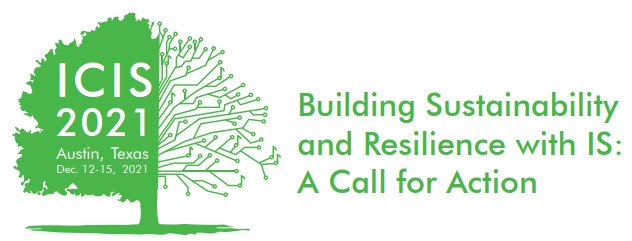IS Design, Development and Project Management
Loading...
Paper Number
1136
Paper Type
Completed
Description
Crowd-feedback is receiving increasing attention in research and practice as a contemporary approach for involving users in information systems development. Thereby, feedback on various aspects of an information system is collected from a non-expert crowd using designated crowd-feedback systems that are able to collect comprehensive and reliable feedback at scale. However, the current body of knowledge on crowd-feedback is scattered and lacks a structured form in which research on crowd-feedback can be classified. To address this gap, this article provides a comprehensive overview of the state-of-the-art of existing crowd-feedback research by: (1) conducting a systematic literature review, (2) developing a morphological box to conceptualize crowd-feedback, and (3) performing a cluster analysis for identifying research streams on crowd-feedback. Analyzing 40 articles, our key contribution resides in the synopsis of the existing crowd-feedback literature. Based on our review, we suggest four research avenues to guide researchers in investigating crowd-feedback in the future.
Recommended Citation
Haug, Saskia and Maedche, Alexander, "Crowd-Feedback in Information Systems Development: A State-of-the-Art Review" (2021). ICIS 2021 Proceedings. 4.
https://aisel.aisnet.org/icis2021/is_design/is_design/4
Crowd-Feedback in Information Systems Development: A State-of-the-Art Review
Crowd-feedback is receiving increasing attention in research and practice as a contemporary approach for involving users in information systems development. Thereby, feedback on various aspects of an information system is collected from a non-expert crowd using designated crowd-feedback systems that are able to collect comprehensive and reliable feedback at scale. However, the current body of knowledge on crowd-feedback is scattered and lacks a structured form in which research on crowd-feedback can be classified. To address this gap, this article provides a comprehensive overview of the state-of-the-art of existing crowd-feedback research by: (1) conducting a systematic literature review, (2) developing a morphological box to conceptualize crowd-feedback, and (3) performing a cluster analysis for identifying research streams on crowd-feedback. Analyzing 40 articles, our key contribution resides in the synopsis of the existing crowd-feedback literature. Based on our review, we suggest four research avenues to guide researchers in investigating crowd-feedback in the future.
When commenting on articles, please be friendly, welcoming, respectful and abide by the AIS eLibrary Discussion Thread Code of Conduct posted here.



Comments
12-PM